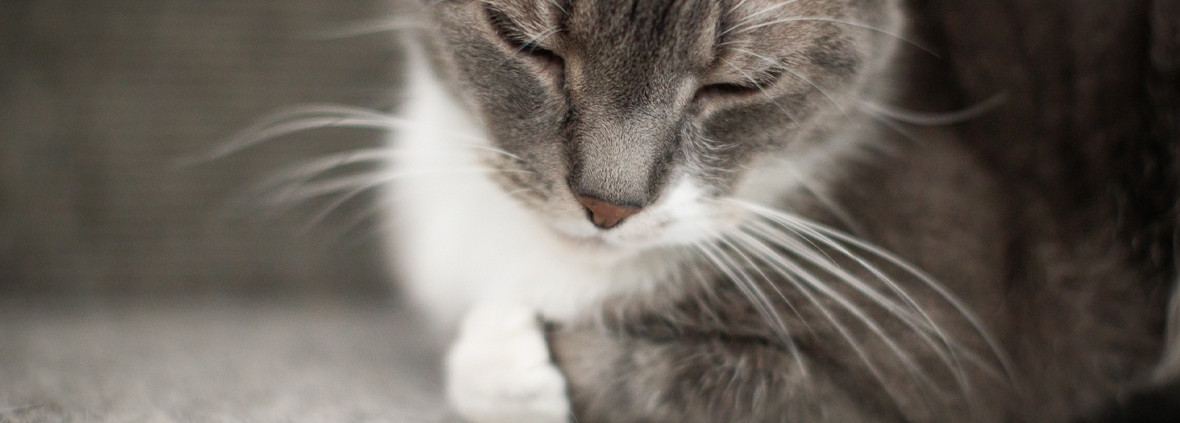Recognizing Signs of Feline Osteoarthritis Pain
Cats are skilled at concealing discomfort, making osteoarthritis (OA) a frequently underdiagnosed condition.
While radiographic evidence suggests that up to 90% of cats over 12 years have OA in at least one joint, overt lameness is uncommon (Zamprogno et al., 2010). Instead, pain often manifests as subtle behavioral and mobility changes that can be overlooked or misattributed to “normal aging.”
Key Indicators in the Clinical Setting
Veterinary teams should be alert to the following common indicators of OA pain:
- Altered jumping behavior: Hesitation, false starts, or using intermediate surfaces (e.g., toilet lids, chair backs) before reaching a desired height. Look for scratch marks that suggest climbing rather than fluid leaping.
- Stair navigation changes: Slower ascent/descent, “bunny hopping,” or pausing mid-flight.
- Reduced play and activity: A decline in spontaneous bursts of running or interactive play.
- Gait or posture changes: Bilateral disease often prevents obvious limping, but cats may appear stiff, hesitant, or walk gingerly.
- Behavioral shifts: Irritability, withdrawal, hiding, or decreased social interaction.
- Poor grooming or coat quality: Discomfort may prevent adequate grooming of hips, spine, or back.
- Elimination issues: Reluctance to use litter boxes with high sides or difficulty posturing for defecation.
- Appetite and weight changes: Chronic pain may suppress appetite and alter energy balance.
Leveraging Client Observation
Because many signs are more apparent in the home than in clinic, engaging clients as “pain reporters” is critical. Encourage owners to:
- Capture short home videos (10–30 seconds) of their cat performing key activities (stair use, jumping, running, play).
- Store videos over time in a dedicated folder for comparison during follow-up visits.
- Note any new irritability, sleep disturbances, or social withdrawal, which can reflect pain sensitization.
Clinical Application
- History-taking: Direct owners toward specific mobility-related questions instead of vague “any limping?” prompts.
- Monitoring: Use client-provided videos alongside validated pain checklists (e.g., Enomoto et al., 2020) to track subtle changes.
- Communication: Frame OA as a painful disease rather than “just aging” to increase client buy-in for diagnostics and treatment.
References
- Zamprogno H, Hansen BD, Bondell HD, et al. Item generation and design testing of a questionnaire to assess degenerative joint disease-associated pain in cats. Am J Vet Res. 2010;71(12):1417-1424.
- Enomoto M, Lascelles BDX, Gruen ME. Development of a checklist for the detection of degenerative joint disease-associated pain in cats. J Feline Med Surg. 2020;22(12):1137-1147.


